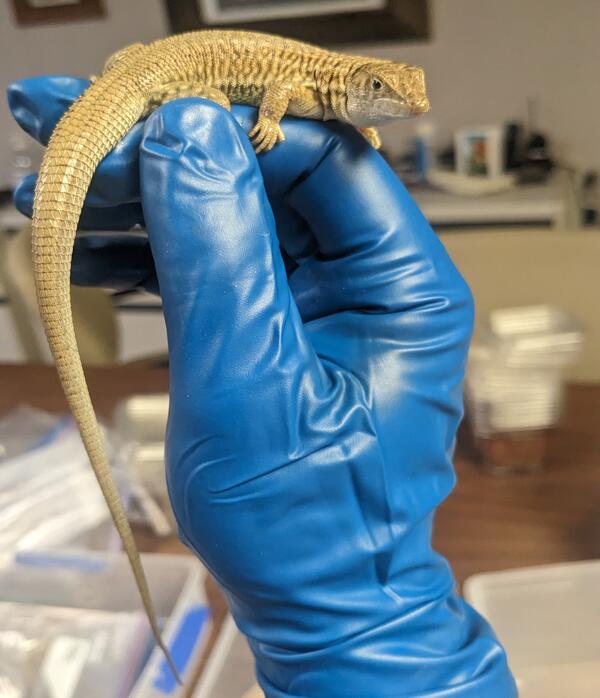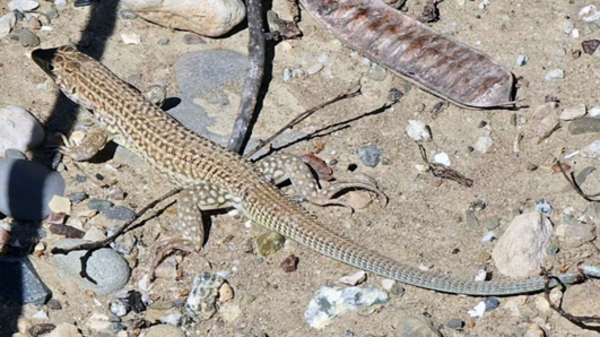Animals within social groups respond to costs and benefits of sociality by adjusting the proportion of time they spend in close proximity to other individuals in the group (cohesion). Variation in cohesion between individuals, in turn, shapes important group-level processes such as subgroup formation and fission–fusion dynamics. Although critical to animal sociality, a comprehensive...
Authors
John Benson, David Keiter, Peter J. Mahoney, Benjamin Allen, Lee Allen, Francisco Álvares, Morgan L. Anderson, Shannon M. Barber-Meyer, Adi Barocas, James Beasley, Linda Behrendorff, Jerrold L. Belant, Dean Beyer, Luigi Boitani, Bridget Borg, Stan Boutin, Erin E. Boydston, Justin Brown, Joseph Bump, Jonathon D. Cepek, Michael Chamberlain, Yvette M. Chenaux-Ibrahim, Seth G. Cherry, Duško Ćirović, Paolo Ciucci, H. Dean Cluff, Susan Cooper, Kevin R. Crooks, Daniel L.J. Dupont, Robert N. Fisher, Daniel Fortin, Thomas Gable, Emilio Garcia, Eli Geffen, Stanley D. Gehrt, Michael Gillingham, Douglas C. Heard, Mark Hebblewhite, Joseph Hinton, Austin T. Homkes, Chris G. Howden, Djuro Huber, Pat Jackson, Kyle Joly, Allicia Kelly, Marcella J. Kelly, Katrien A. Kingdon, Abhijeet Kulkarni, Josip Kusak, Gerald W. Kuzyk, Bryce Lake, Luis Llaneza, Jose Lopez-Bao, Daniel R. MacNulty, Ashley A.D. McLaren, Philip D. McLoughlin, Evelyn Merrill, Kenneth J. Mills, Numi Mitchell, Seth A. Moore, Matthew Mumma, Maureen H. Murray, Marco Musiani, Mónia Nakamura, Eric W. Neilson, Lalenia M. Neufeld, Thomas M Newsome, John K. Oakleaf, Vincente Palacios, Marlo M. Perdicas, Thomas Perry, Tyler R. Petroelje, Cyrenea B. Piper, Christina M. Prokopenko, Laura R. Prugh, Seth Riley, Helena Rio-Maior, Gretchen H. Roffler, Dale Rollins, Håkan Sand, Fiona Schmiegelow, Dale Seip, Mathew Sorum, Colleen C. St. Clair, Robin Steenweg, Michael W. Strohbach, Jack Tatler, Maria Thaker, Connor A. Thompson, Julia W. Turner, Abi Vanak, Eric Vander Wal, Petter Wabakken, Scott E Walter, Sarah C Webster, Tyler J. Wheeldon, Camilla Wikenros, Steve Windels, Julie K. Young, Sana Zabihi-Seissan, Barbara Zimmermann, Brent R. Patterson
























